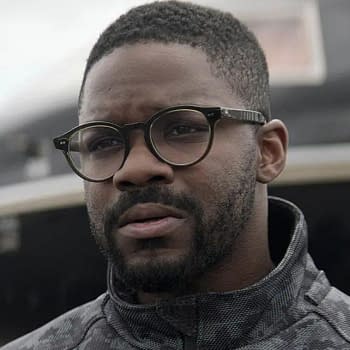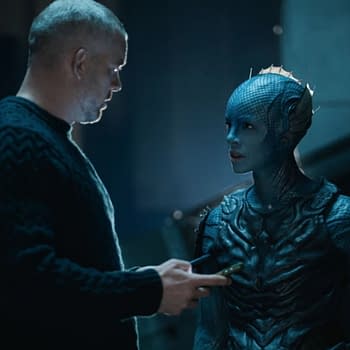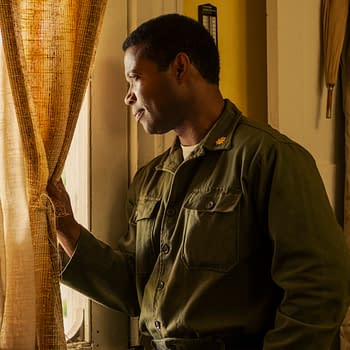Posted in: BBC, Disney+, Doctor Who, TV | Tagged: bbc, disney, doctor who, russell t davies
Doctor Who: A Look at How Women's Roles Have Evolved Since The 1960s
As progressive as Doctor Who is, it took a long time for it to employ more women behind the cameras and develop better female characters.
Barbara Clegg, the first woman to write an episode of Doctor Who, passed away this week at the age of 98. Clegg would go on to pen the first serial that was both written and directed by women (with Fiona Cumming directing). That was "Enlightenment," the Fifth Doctor (Peter Davison) adventure broadcast in 1983. Think about it. It took twenty years for a woman to finally get to write an episode of Doctor Who despite Verity Lambert being the first producer of the show when it premiered in 1963.
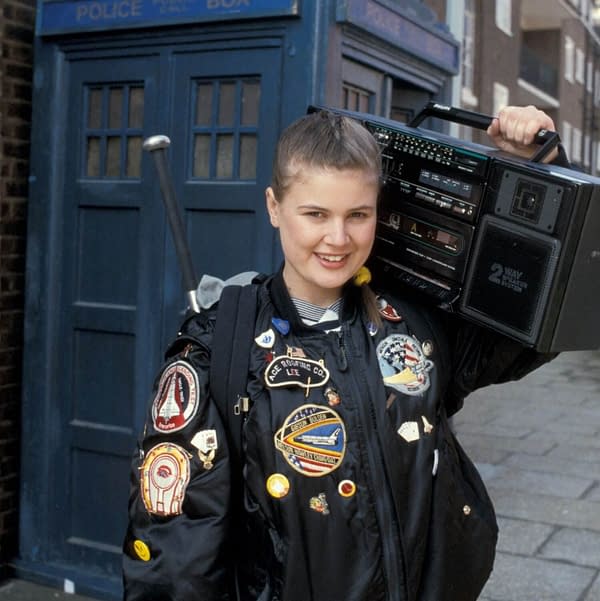
"Enlightenment" was the only story Barbara Clegg wrote for Doctor Who. Don't feel bad for her, though. She had a full and prolific career as an actress and freelance scriptwriter who worked on many TV series, including the soap opera Crossroads. The bigger story is how much women were marginalized in front of and behind the camera in the TV industry until the 21st Century. Every Doctor Who story from 1963 until 1983 had been written by men and written as Boys' Own Adventures.
That means the female characters, usually the Doctor's companions, were often given short shrift. They were often relegated to standing around asking The Doctor what was going on so he could info-dump to them and the viewer and explain the plot. And they were also there to scream when the monsters turned up like Barbara did when she saw the Daleks in their first story. They were there to be the damsel-in-distress because that was the default mode for male writers of that period and still is to an extent. Even when they introduced Leela (Louise Jameson), a warrior from a future tribe of lost humans, the writers often had to be reminded not to make her the "damsel-in-distress" and that she was there to protect the Doctor.
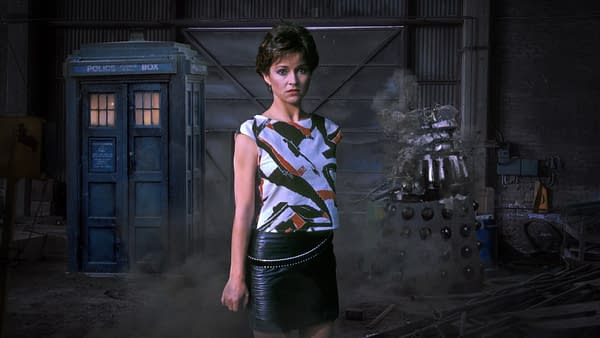
Doctor Who in the 80s: Slow Progress
The 1980s was when the gate began to open for female writers on Doctor Who. Husand-and-wife writing team Pip and Jane Baker created The Rani (played to camp perfection by Kate O'Mara) and wrote several stories in the Sixth Doctor (Colin Baker) run. Scottish playwright Rona Munro wrote the final Seventh Doctor story, "Survival," in the early years of her career and has since thrived as a playwright and screenwriter, returning in 2017 to write the Thirteenth Doctor (Jodie Whittaker) story, "The Eaters of Light." During the early 1980s, companions who were supposed to be more proactive were often still relegated to standing around asking The Doctor what was going on and then being put in distress.
Janet Fielding had signed on to play Tegan Jovanka as a feisty, funny "Lucy Van Pelt in space" who wouldn't let The Doctor get away with lording it over everyone but was relegated to whining all the time and being the one companion in the series history who really didn't want to be there. Mel (Bonnie Langford) was supposed to be a computer expert, but she was also relegated to again asking what was going on, screaming at monsters, and needing rescuing – she wasn't even seen anywhere near a computer terminal throughout her entire time on the show! It was when Andrew Cartmel took over the series as script editor in the late 1980s that he introduced a more overtly political, inclusive, and progressive attitude to the show where Ace (Sophie Aldred) was a bit of a violence-prone delinquent and political protester who liked to blow things up and beat up a Dalek with a baseball bat.
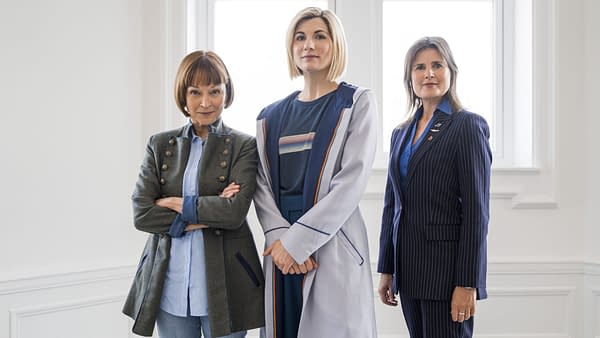
Things Equalised in the 2000s
Ever since Russell T. Davies revived the series in 2005, he and the other writers and showrunners after him have normalized female characters as equal to men. The Doctor's female companions might still be there to ask what's going on, but they have equal parts to play in the plot. Women characters were now politicians, soldiers, and as much part of the action as men. The series also commissioned more female writers, though they were still in the minority each season, to the point where there was an open letter signed by 76 female writers asking for more representation in prime-time television. Chris Chibnall hired more women to write for his run, including bringing back Rona Munro and commissioning Noughts and Crosses author Marjorie Blackman.
Some of the better stories were written by female writers who delved into the Doctor's experience as a woman in a way Chibnall and the male writers didn't. He and Davies also brought back Tegan and Mel to give them the chance they never got in the 80s – Mel finally worked with computers. Companions and female characters can't be eye candy or damsels in distress anymore. Doctor Who has always been a progressive show that moved ahead before many others did, and it knows it still has a ways to go. Female storytellers bring difference nuances in storytelling and a variant on the emotional experiences written by men. Doctor Who is still evolving towards its future, final form, and that will probably involve more writers and showrunners who are female and people of color to reflect the times.







